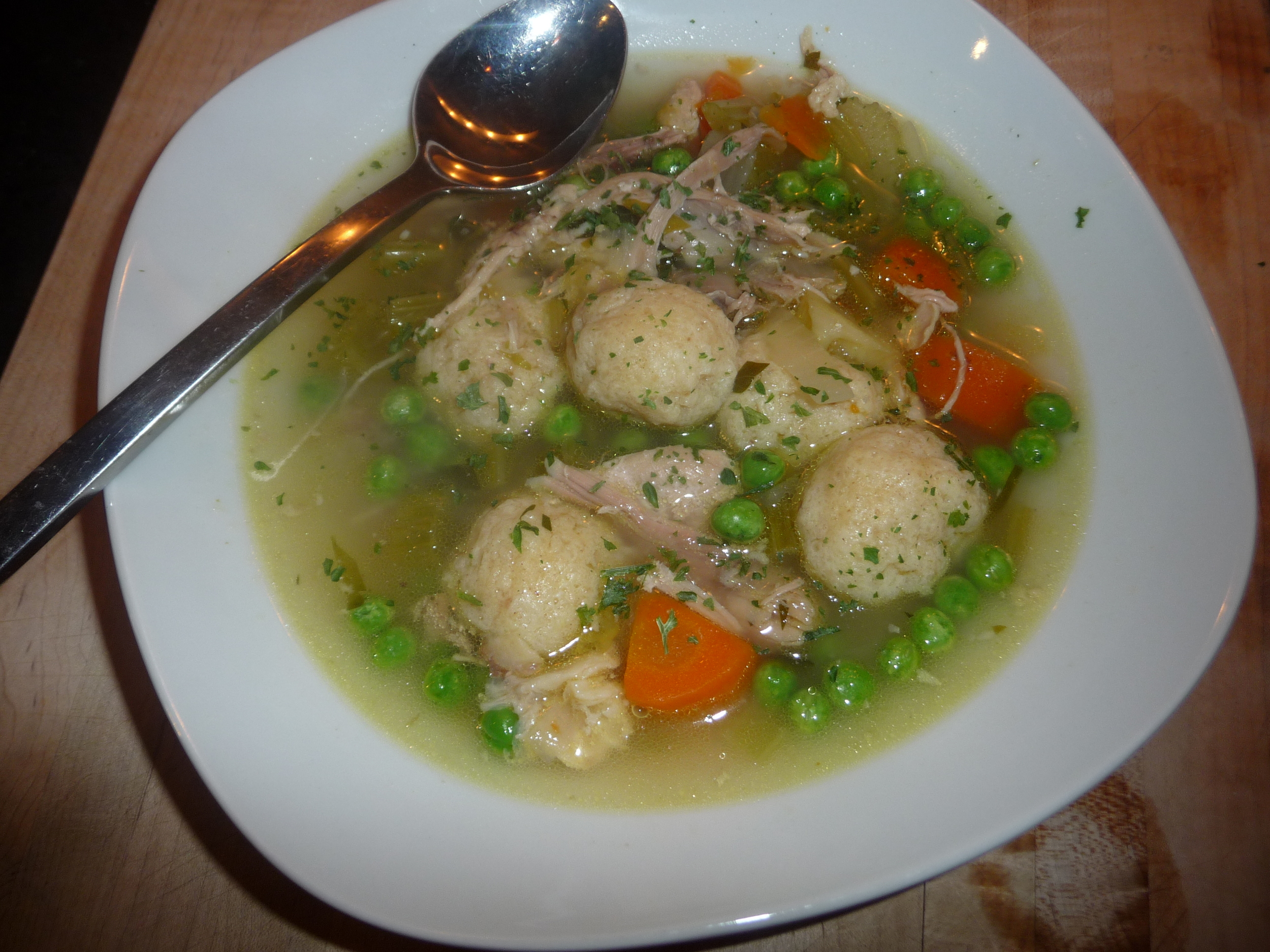This is not about food so much as it is about the table, and Frances Mayes’ vision of a table is so divine:
I have considered my table, its ideals as well as its dimensions. If I were a child, I would want to lift up the tablecloth and crawl under the unending table, into the flaxen light where I could crouch and listen to the loud laughs, clinks and grown-up talk, hear over and over “Salute” and “Cin-cin” traveling around the chairs, stare at kneecaps and walking shoes and flowered skirts hiked to catch a breeze, the table steady under its weight of food. Such a table should accommodate the wanderings of a large dog. At the end, you need room for an enormous vase of all the flowers in bloom at the moment. The width should allow platters to meander from hand to hand down the center, stopping where they will, and numerous water and wine bottles to accumulate over the hours. You need room for a bowl of cool water to dip the grapes and pears into, a little covered dish to keep the bugs off the Gorgonzola (dolce as opposed to the piccante type, which is for cooking) and caciotta, a local soft cheese. No one cares if olive pits are flung into the distance…If the table is long enough, everything can be brought out at once, and no one has to run back and forth to the kitchen. Then the table is set for primary pleasure: lingering meals, under the trees at noon. The open air confers an ease, a relaxation and freedom. You’re your own guest, which is the way summer ought to be.
In the delicious stupor that sets in after the last pear is halved, the last crush scoops up the last crumbles of Gorgonzola, and the last drop empties into the glass, you can ruminate, if you are inclined that way, on your participation in the great collective unconscious. You are doing what everyone else in Italy is doing, millions of backsides being shined by chairs at millions of tables…”
—”A Long Table Under the Trees,” from Under the Tuscan Sun, by Frances Mayes, Broadway Books, New York, 1996.





